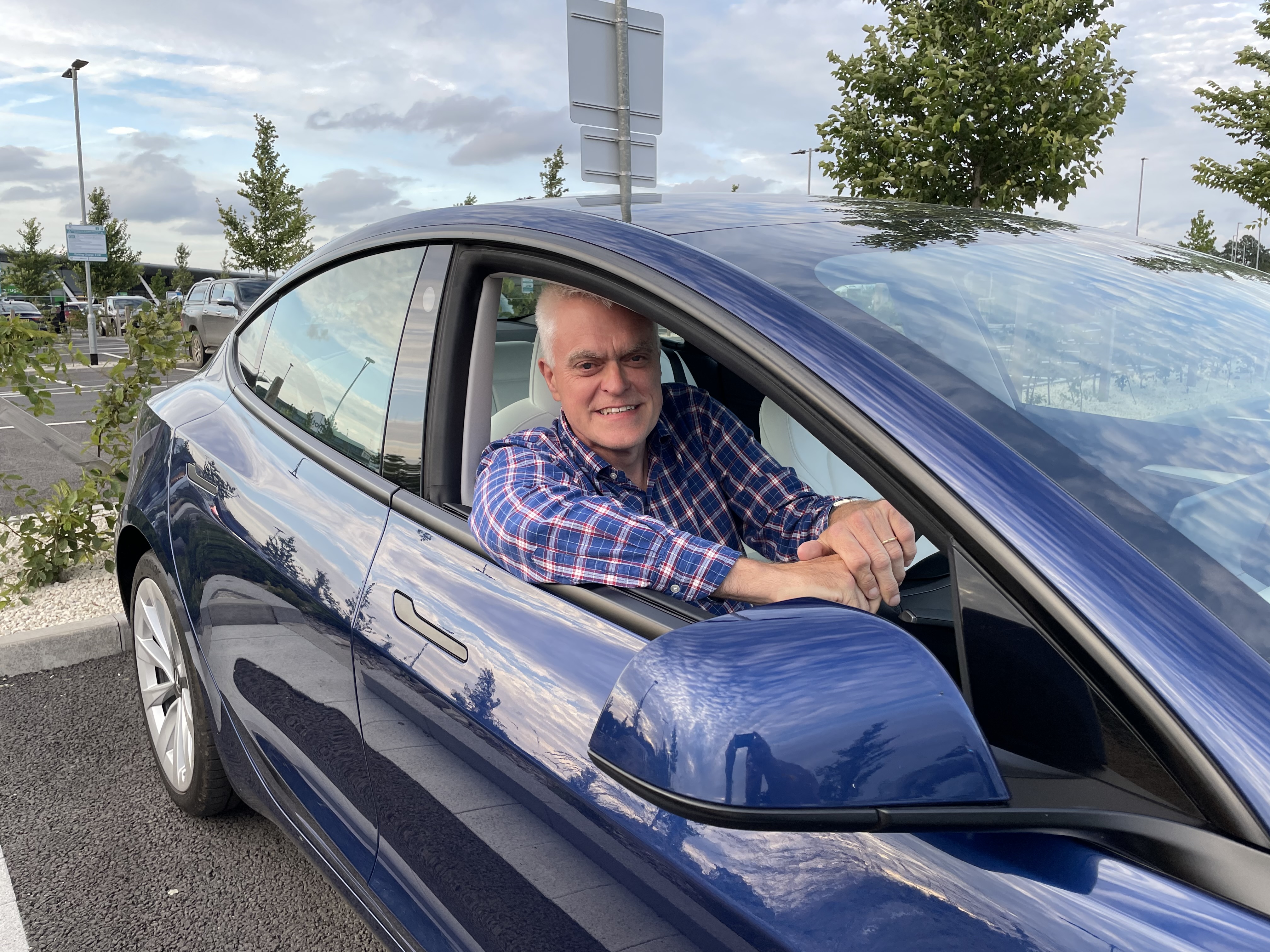Apple CarPlay and Google Auto are both impressive systems, but there must be a winner
Jon Bentley considers the advancement of connecting our phones to our cars and where it's heading for in-car infotainment
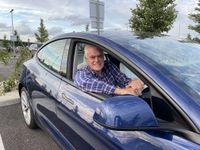
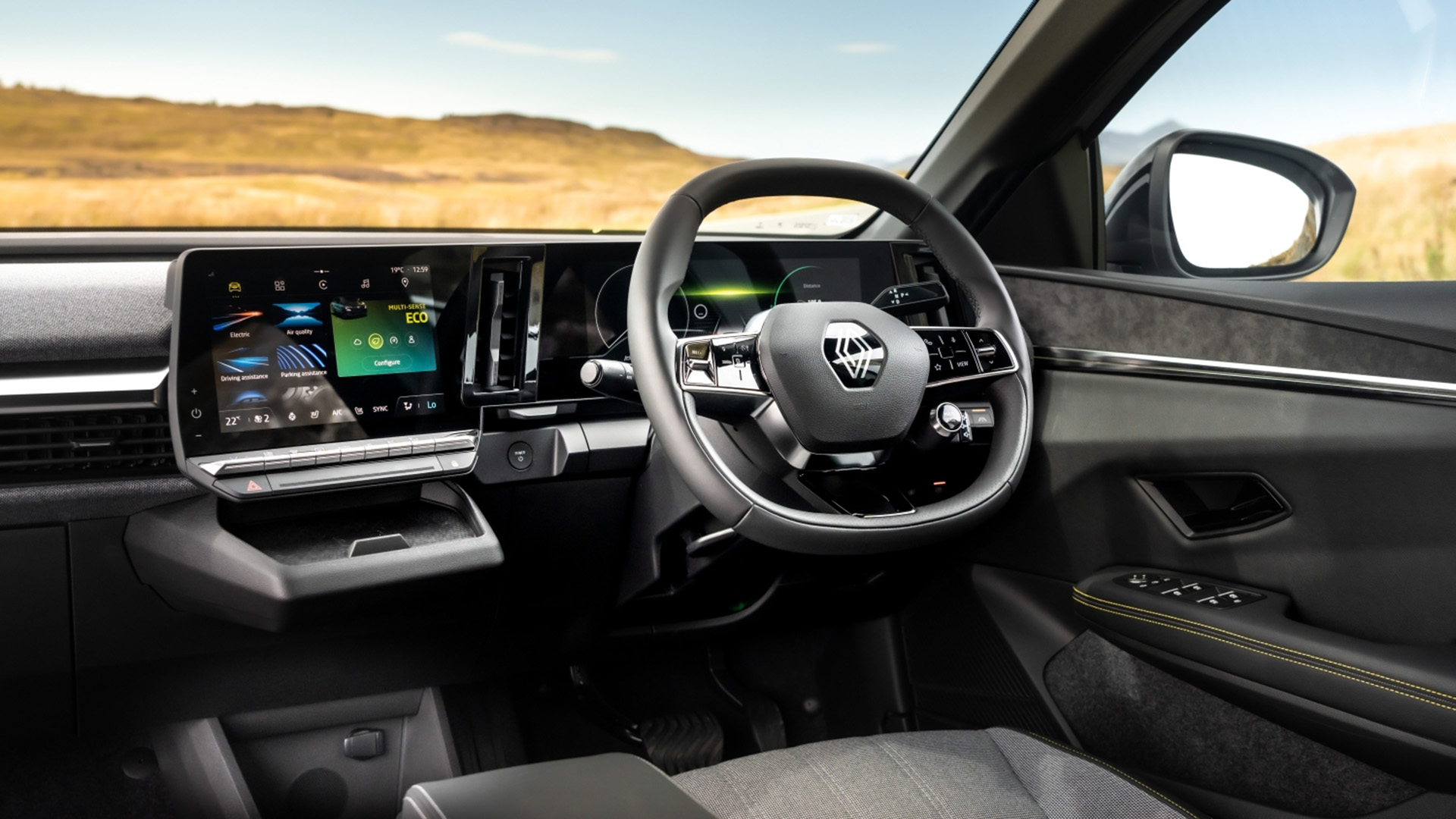
When I first drove a car with Apple’s CarPlay, shortly after its launch in 2014, I was bowled over. I thought it was a genuinely big thing; a life-changing technology ranking alongside the likes of video streaming and your first digital camera. Simply by plugging your phone into the dashboard, you were no longer dependent on dumb and costly-to-update manufacturers’ sat navs, you could bring your own entertainment with you in different cars, and enjoy hands-free operation of your phone, through simplified versions of appropriate apps. All while the phone was charging and without any clumsy mounts cluttering your view ahead. Android Auto, launched in 2015, achieved similar magic for Android users.
Since launch, improvements to both systems have been limited but nonetheless worthwhile - bigger screens, a wider range of app support, more voice control options, wireless connectivity and steps towards a multi-window display, so you can change music track without exiting navigation, for example.
Asked for my own wishlist of how the tech could improve, I would champion separate screens for CarPlay and the car’s on-board functions so you don’t have to keep switching in and out of the CarPlay interface when you want to use, say, the built-in radio, still bigger screens that allow the full display of several apps at once and screens for passengers who could enjoy different apps independently of the driver.
Both Apple and Google have revealed how they envisage their technologies developing but their priorities are different from mine. Their missions are to create automotive operating systems that extend their claws deeper into the car and control more of it, embracing areas that hitherto have been the domain of the car manufacturer; things like the instruments, radio, heated seats, climate control, and trip computer.
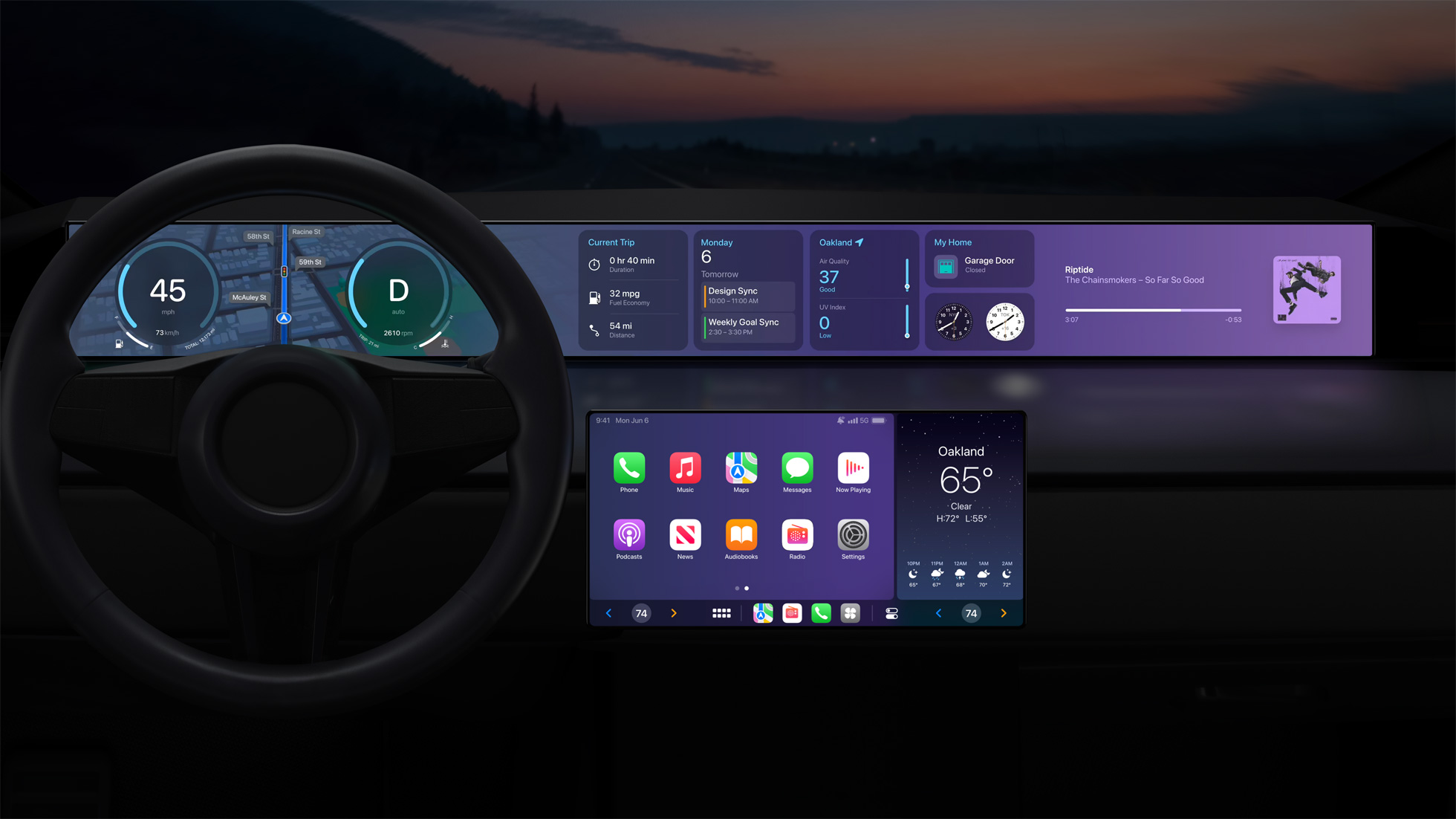
Apple CarPlay concept
At the 2022 Worldwide Developers Conference, Apple devoted a significant amount of time to showing off such a car operating system. In effect, it turns the entire dash into a giant iPhone with two enormous screens completely under CarPlay control. One runs right across its entire width and seems intended mainly to display information through numerous widgets, while another large central screen appears to offer more focused control.
All displays are in the same unified and clear style - building on Apple’s notable advantage in this area, invaluable while driving when the consequences of avoidable distraction are an ever-present threat. You can customise what information you’re offered and select from different “looks” - conventional dials, more minimalist modern displays, and even one in what appears to be Gulf racing colours. The idea is that you would never need to leave the CarPlay experience.
Surprisingly perhaps, no head up displays feature, though I’m sure this would be a relatively easy extension of the concept.
Get all the latest news, reviews, deals and buying guides on gorgeous tech, home and active products from the T3 experts
Apple proudly boasted they were already working with 14 leading car makers on the system, including Mercedes, Porsche, and Jaguar. It seems more like a declaration of intent on Apple’s part than signed deals. In true Apple style, the company would appear to be restricting the system to iPhone users. I can’t imagine any car manufacturer wanting to limit their cars’ appeal by demanding customers use a particular type of phone. More plausibly the system could perhaps be the centrepiece of the long-rumoured Apple car.
While Apple is still at the concept stage, Google’s future is already here - they’re embedding Android in real cars leaving the factory. They call their operating system Android Automotive and, like Apple, they’re extending control to the car’s own systems. Unlike Apple though you don’t need a phone. As a driver, you can log into your Google account and get customised services whether you’re an iOS or Android user.
The system uses the car’s data connection to operate a selection of car-related apps that you can supplement via the PlayStore. Manufacturers can use the system off-the-shelf or, rather like phone makers with their custom Android skins, they can develop and curate their own collections of apps through something called Google Automotive Services. Among the first car companies signing up to this are Volvo and Renault.
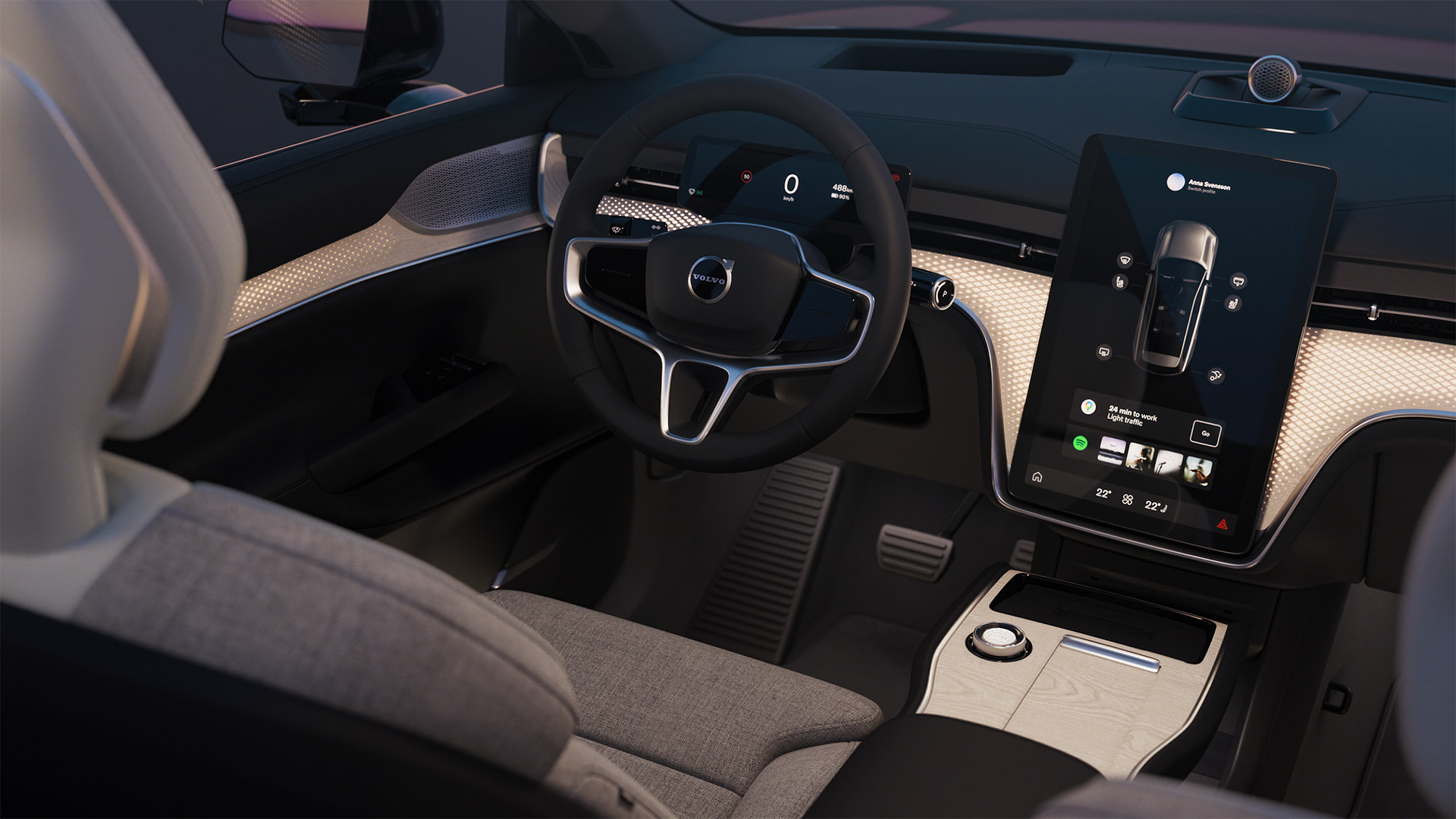
Volvo EX90
Screen sizes vary. It’s 14.5 inches on the Volvo EX90 but I tried the smaller one in a C40 Recharge. I was immediately impressed by how easy it was to control things like the climate control and heated seats by voice, without any specific phrases to master. Voice control in Android Auto has been consistently better than in CarPlay, in my experience, and it’s an expertise that’s central to demonstrating the system’s safety. Manufacturers would find it very difficult to match Google in this area and Android OS gets them the expertise ready-made.
I was less impressed by Volvo’s choice of curated apps. There’s Google Maps but Waze, with its user-generated warnings of hold ups and speed cameras, is missing, as is BBC Sounds. Renault has gone a little better with their Megane E-Tech. They’re the first manufacturer to incorporate Waze in their implementation of Google Automotive Services.
Volvo provides four years data with every new car, Renault a year. Given that most people lease cars these days, some form of subscription could be easily included with your monthly payment. Between leases, manufacturers will have an incentive to provide a mid-life electronic software and hardware refresh to keep resale values up. On both the Renault and Volvo your phone will still work through Android Auto or indeed Apple CarPlay if you want, and there’s still a conventional Bluetooth connection.
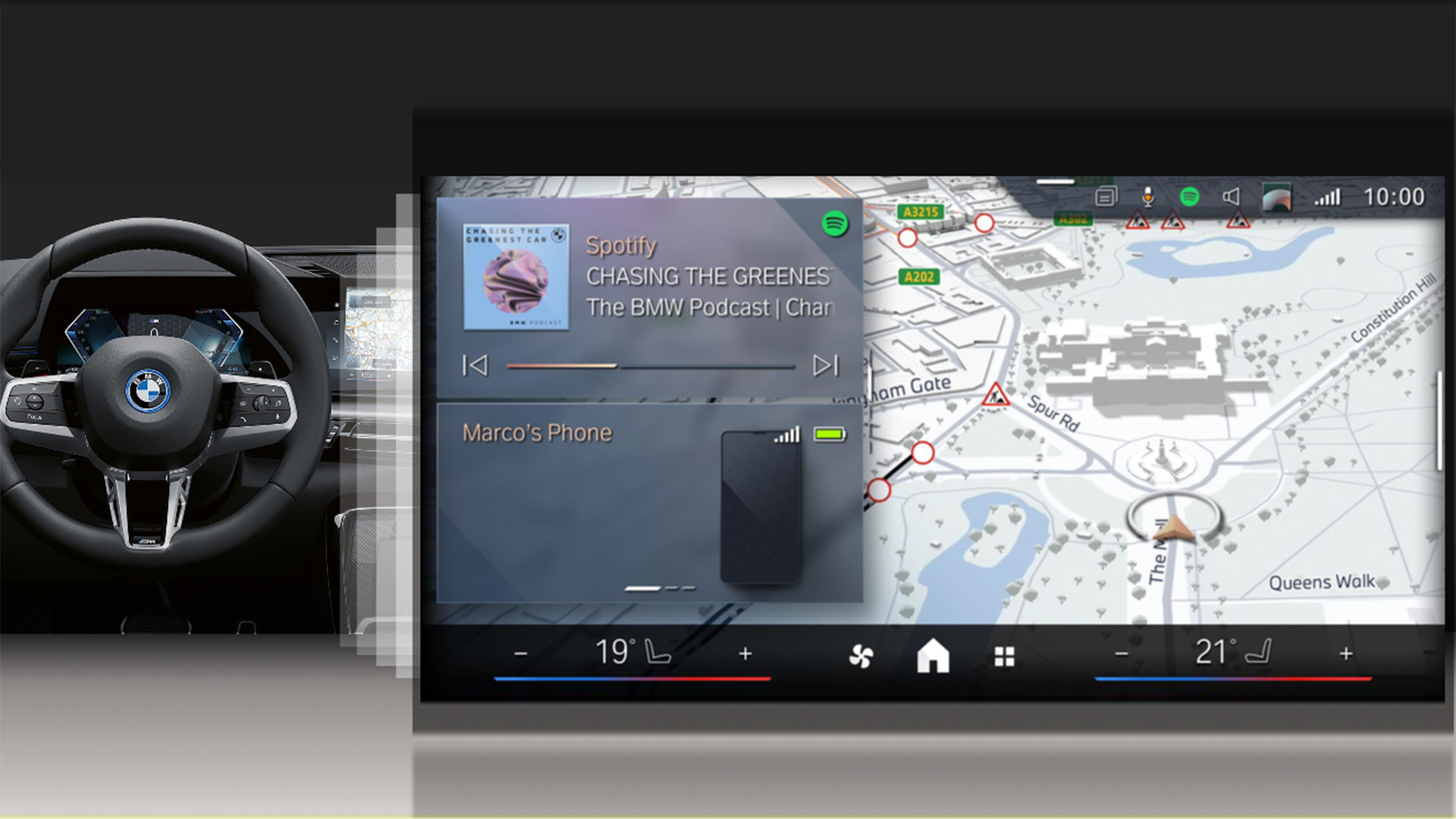
BMW iDrive OS 9
More manufacturers appear set to join forces with Google. BMW has announced that the next, ninth generation of their iDrive OS, due for launch in 2024, will run on Android software. The new Mercedes operating system MB.OS, scheduled for 2025, will also be Google-based.
It’s hard to see that there’s room for both Google Automotive and Apple's more ambitious CarPlay. Because it’s here, has a more flexible approach to incorporating manufacturers’ own systems, and doesn’t require you to have a particular phone, it looks like Google Automotive will win out of the two. But Apple and Google aren’t the only players with designs on your car.
Cue Amazon. With its Echo Auto, the company has produced an excellent aftermarket product controlled by voice that’s compatible with most cars, and it seems determined to build on it. Ford has announced plans to incorporate Alexa into its Ford Sync car system for a monthly fee. Automaker Stellantis - responsible for 16 car brands including Peugeot, Vauxhall and Jeep - has announced a collaboration with Amazon to deliver software for a SmartCockpit, which will run millions of Stellantis cars globally, starting in 2024.
Other manufacturers are reluctant to give up any control. Tesla for example will resolutely stick with their own system.
Amidst all this potentially confusing diversity for car buyers, one thing’s certain - the battle for your car’s dashboard has only just begun.
Jon is the main gadget reviewer and presenter for The Gadget Show on Channel Five. He was previously the Producer and Executive Producer of BBC's Top Gear between 1987 and 1999 and had a corner named after him on the Top Gear test track. He launched Fifth Gear for Channel Five and produced the show until 2004. When not presenting Jon enjoys writing. In 2019 Atlantic Books published his first book, Autopia: The Future of Cars, and he contributes regularly to Amateur Photographer magazine.
